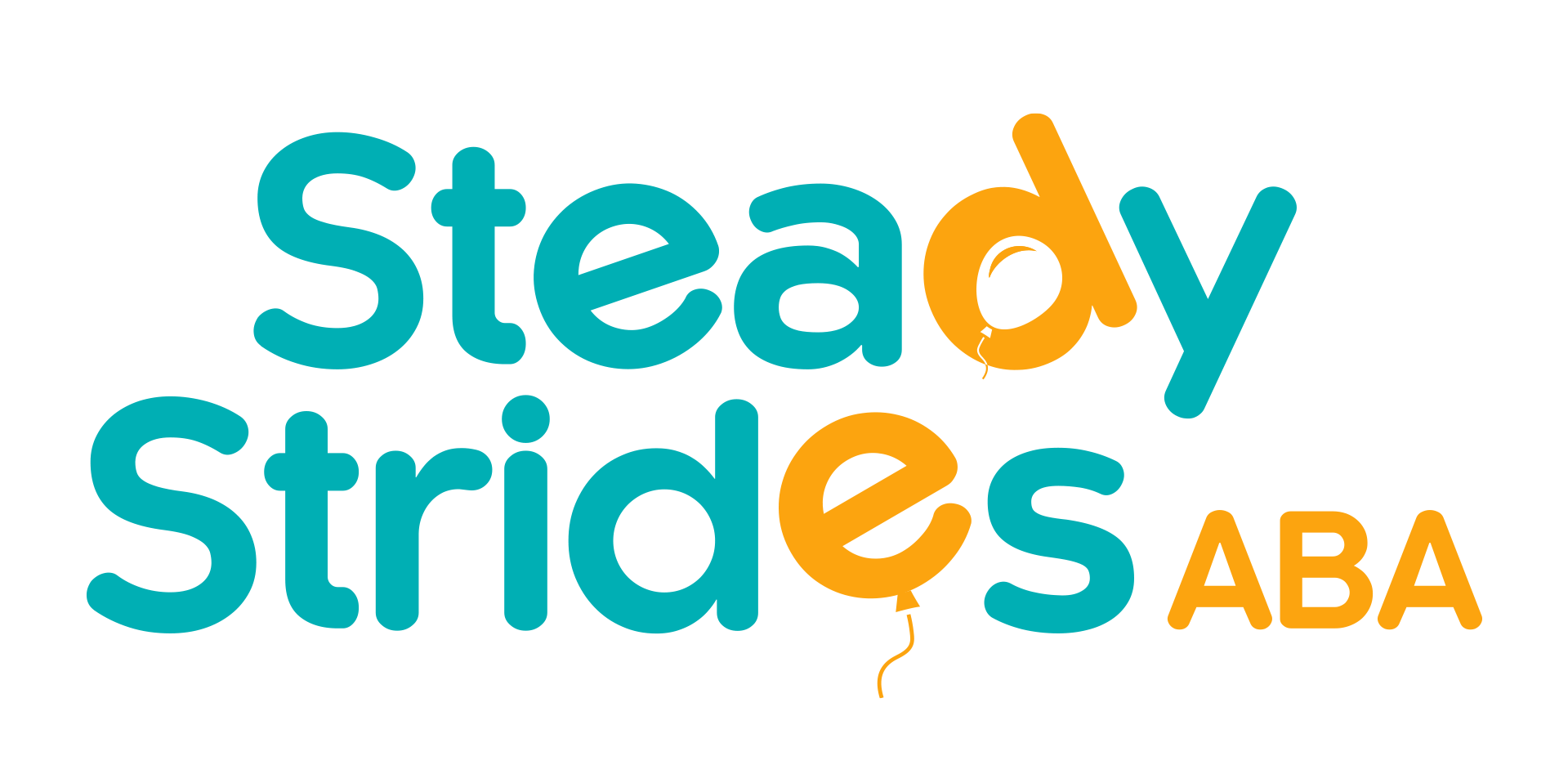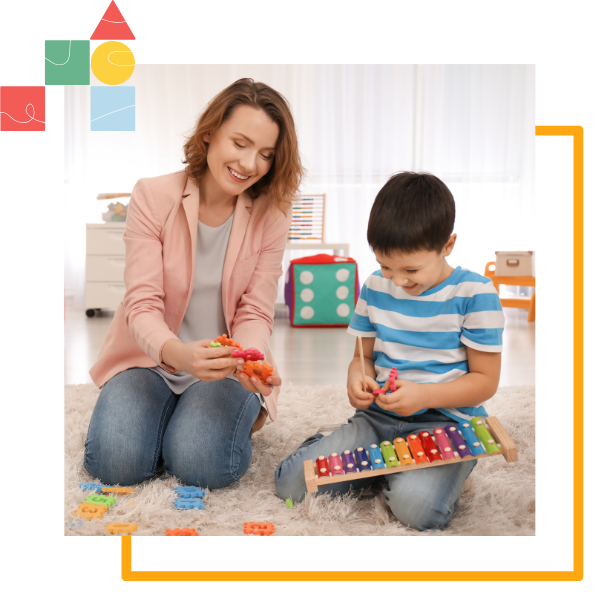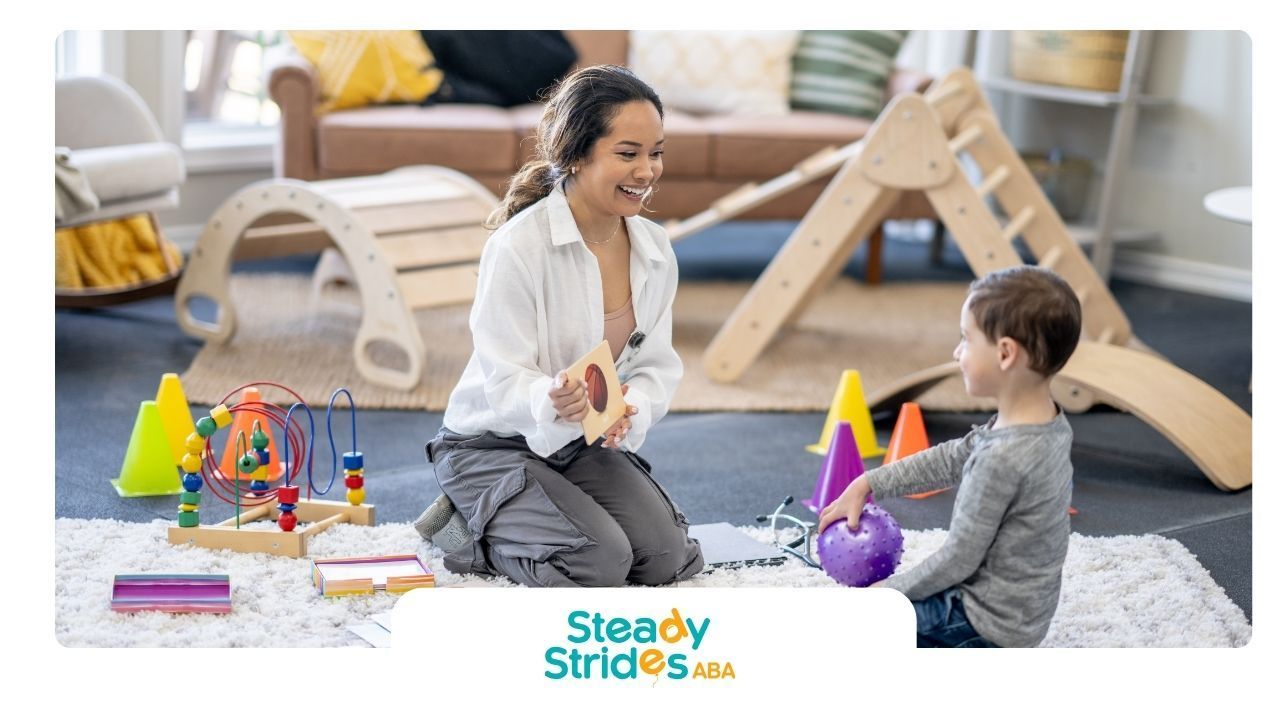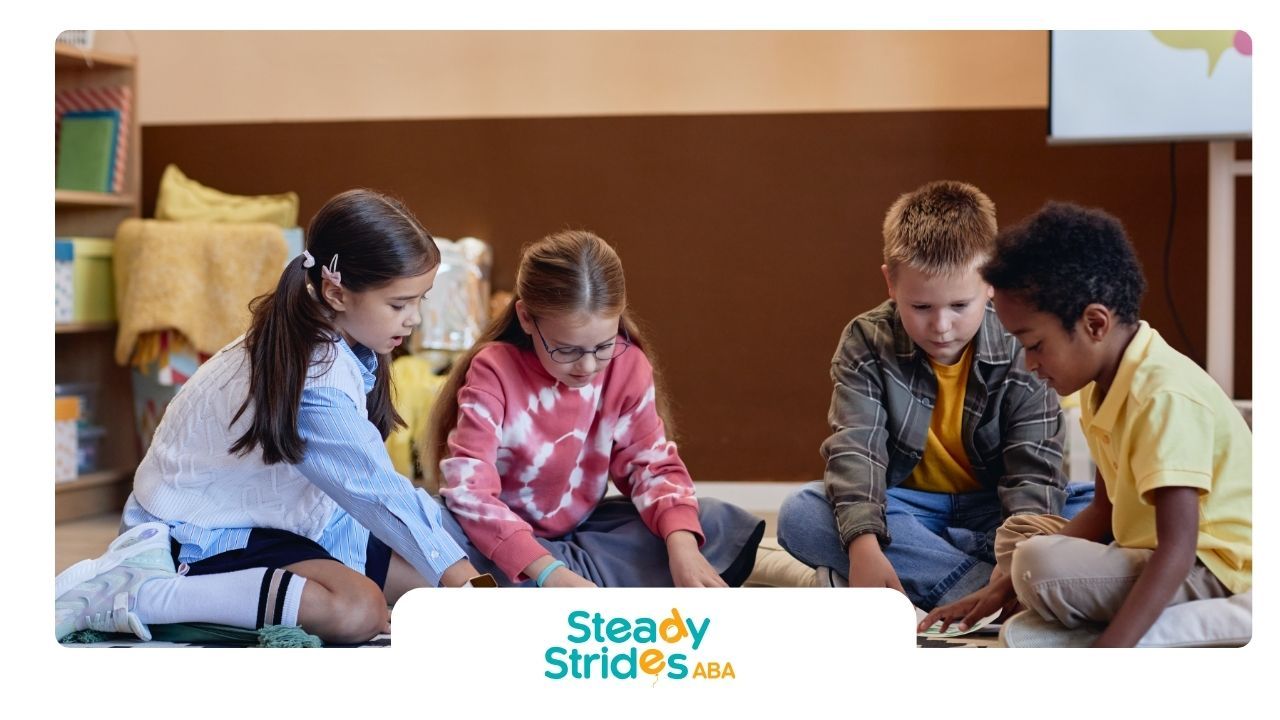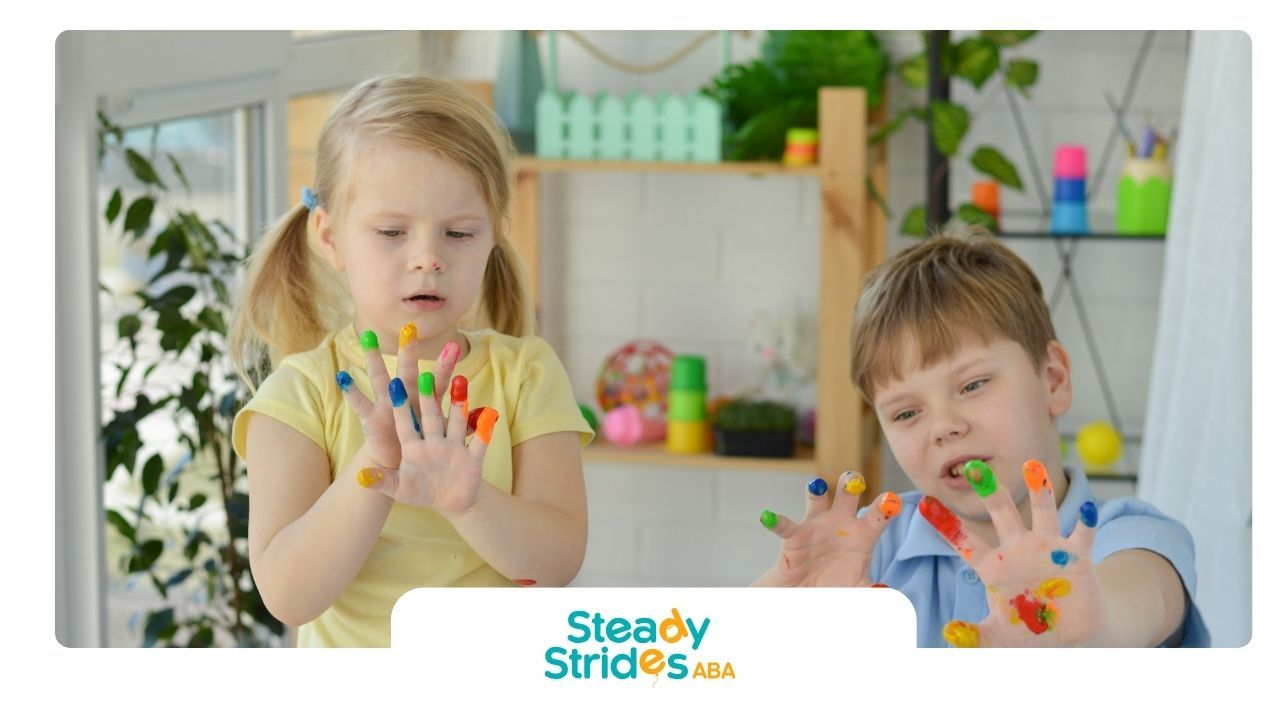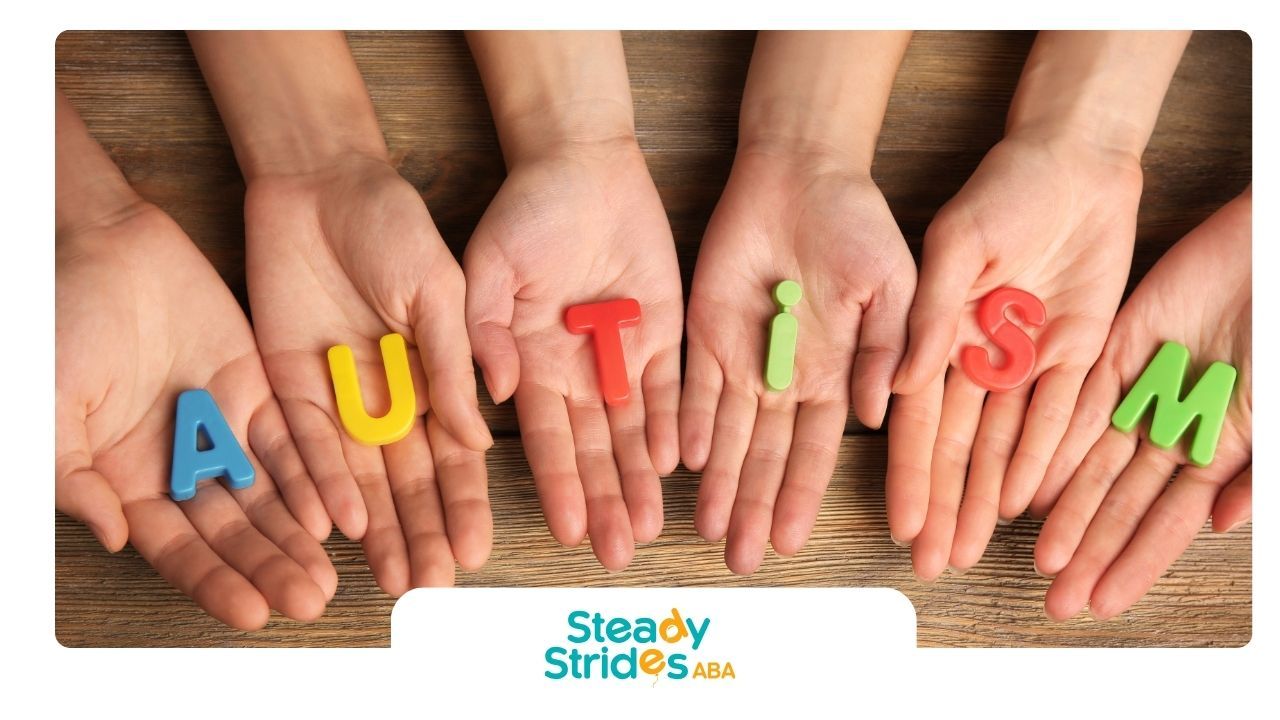July 4th is a day filled with celebrations, fireworks, and social gatherings, but for autistic children, these events can be overwhelming. The loud noises, bright lights, and large crowds typical of Independence Day celebrations can trigger sensory overload, making it challenging for them to enjoy the festivities. However, with a bit of planning and creativity, you can ensure that your child has a wonderful, sensory-friendly experience. Here are some activities and tips to help make July 4th enjoyable for your autistic child.
Understanding Sensory Processing in Autistic Children
Before diving into specific activities, it’s essential to understand sensory processing issues that many autistic children face. Sensory processing refers to the way the nervous system receives messages from the senses and turns them into appropriate motor and behavioral responses. Children with autism often have difficulties in this area, leading to hypersensitivity (over-responsiveness) or hyposensitivity (under-responsiveness) to sensory stimuli.
For example, fireworks' loud noises and bright flashes can be overwhelming, while large crowds might cause anxiety and stress. Knowing your child’s specific sensitivities will help you choose the best activities to ensure a comfortable and enjoyable day.
Planning for a Sensory-Friendly July 4th
1. Create a Quiet Space
- Designate a quiet area in your home where your child can retreat if they feel overwhelmed. This space should be equipped with comforting items like their favorite toys, books, or sensory tools such as weighted blankets and noise-canceling headphones.
2. Visual Schedule
- Use a visual schedule to outline the day’s events. Knowing what to expect can reduce anxiety and help your child feel more in control.
3. Prepare in Advance
- Prepare your child in advance by discussing the day’s activities and what they might encounter. Social stories can be an excellent tool for this purpose.
Sensory-Friendly Activities
1. Sensory-Friendly Fireworks Alternatives
- Silent Fireworks
- Some communities offer silent fireworks displays, which provide the visual spectacle without the loud noise. Check local listings to see if this option is available near you.
- Glow Sticks and Light Shows
- Create a DIY light show at home using glow sticks, fairy lights, and other light-up toys. This can be a fun and less overwhelming alternative to traditional fireworks.
2. Fourth of July Crafts
- Patriotic Sensory Bottles
- Create sensory bottles filled with red, white, and blue glitter, beads, and other small objects. These bottles can be shaken or turned to provide a calming visual stimulus.
- Firework Paintings
- Use safe, non-toxic paints to create firework-themed artwork. You can use tools like brushes, sponges, or even straws to make unique patterns and designs.
3. Outdoor Activities
- Nature Walks and Scavenger Hunts
- Plan a nature walk or scavenger hunt in a quiet park or nature reserve. Create a list of items to find, such as specific plants, rocks, or animals, to keep your child engaged and entertained.
- Sensory-Friendly Picnic
- Organize a picnic in a quiet area with sensory-friendly foods and activities. Bring along fidget toys, bubbles, and other calming items to keep your child occupied.
4. Indoor Activities
- Sensory Play Stations
- Set up different sensory play stations around your home. Ideas include a water play station, a tactile bin with rice or beans, and a station with playdough or kinetic sand.
- Calm Movie Time
- Choose a calm, family-friendly movie with minimal loud noises and fast-paced action. Make it a cozy experience with blankets, pillows, and your child’s favorite snacks.
Additional Tips for a Sensory-Friendly July 4th
Limit Exposure to Triggers
- Identify and limit exposure to potential sensory triggers. If your child is sensitive to loud noises, consider using earplugs or noise-canceling headphones.
Keep Routines Intact
- Try to maintain regular routines as much as possible. Predictability can help reduce anxiety and make the day more manageable for your child.
Communicate with Others
- If you’re attending a social gathering, communicate with the host about your child’s needs. Request a quiet space or inquire about the possibility of making the event more sensory-friendly.
Use Positive Reinforcement
- Use positive reinforcement to encourage and reward your child for trying new activities or coping with challenging situations. This can help build their confidence and make the day more enjoyable.
Celebrating at Home
Sometimes, the best way to ensure a sensory-friendly experience is to celebrate at home. Here are some ideas for a home-based July 4th celebration:
DIY Decorations
- Patriotic Banners and Flags
- Craft patriotic banners and flags using construction paper, markers, and other craft supplies. This activity can be a fun way to decorate your home and get into the festive spirit.
- Balloon Decorations
- Use red, white, and blue balloons to create festive decorations. You can even create a balloon arch or a balloon drop for a fun surprise.
Themed Snacks
- Red, White, and Blue Treats
- Make themed snacks like fruit kabobs with strawberries, blueberries, and marshmallows, or create patriotic popsicles with layers of red and blue fruit juices.
- Sensory-Friendly Foods
- Prepare foods that your child enjoys and finds comforting. Avoid new or unfamiliar foods that might cause stress or discomfort.
Incorporating ABA Strategies
Applied Behavior Analysis (ABA) strategies can be particularly useful in managing the day’s activities and ensuring a positive experience for your child. Here are some ABA techniques to consider:
Use of Reinforcement
- Positive Reinforcement
- Use positive reinforcement to encourage desired behaviors. For example, praise your child when they participate in an activity or use a coping strategy to manage their sensory sensitivities.
- Token Systems
- Implement a token system where your child earns tokens for engaging in specific activities or demonstrating positive behaviors. Tokens can be exchanged for a preferred reward.
Behavioral Contracts
- Create Agreements
- Develop simple behavioral contracts outlining the expectations for the day and the rewards for meeting those expectations. This can help motivate your child and provide a clear structure.
Conclusion
Celebrating July 4th with an autistic child requires thoughtful planning and consideration of their sensory needs. By incorporating sensory-friendly activities and utilizing strategies from ABA therapy, you can create a memorable and enjoyable Independence Day for your child. Whether you’re attending community events or celebrating at home, the key is to prioritize your child’s comfort and enjoyment.
At Steady Strides, we understand the importance of making celebrations inclusive and enjoyable for all children. Our team is dedicated to providing support and resources to help families create positive experiences for their autistic children. If you need further assistance or have any questions, feel free to reach out to us. Happy Independence Day!
